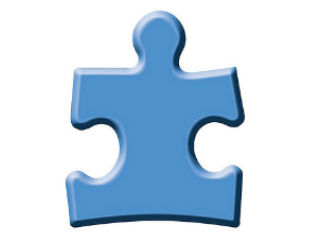Gene Mutations, Parents' Age Factors in Autism

Diagnosis of disorders with the autism spectrum, including Asperger’s Syndrome and Pervasive Developmental Disorder-Not Otherwise Specified (PDD-NOS), have risen at alarming rates over the past two decades, with the CDC reporting recently that one in 88 children are now afflicted with the disease -- a sharp increase since 2006, when one in 110 children were diagnosed.
It is known that autism has a genetic base, but because of the complexities that exist between interrelated genes, pinpointing the delinquent genes has proven challenging for researchers.
The study, published in the journal Nature, involved 209 families. Genetic comparisons were made between parents who do not have autism and a biological child who does. Gene mutations that may be responsible for causing the disorder -- over 250 of them -- were singled out in the children in the study. In particular, researchers focused on rare de novo mutations, which according to an article in the New York Times, "are not inherited but occur spontaneously near or during conception." Journalist Benedict Carey writes that, "most people have at least one, and the majority of them are harmless.”
University of Washington of Professor of Genome Sciences and lead researcher Dr. Evan Eichler is quoted by the Howard Hughes Medical Institute as saying:
“If a list of genes just keeps growing and growing, it becomes very daunting and becomes harder to make any sense of. But here we have converged on a pathway that helps to make some sense of that list.”
In addition to highlighting the genetic network’s potential role in autism, Eichler’s team also studied whether the sporadic mutations they found in children came from mutations in a father’s DNA or a mother’s DNA. Eighty percent of the new mutations, they found—both those linked to autism and those seen in unaffected siblings—came from a father’s DNA. The high level of sporadic mutations inherited from fathers could help explain why autism has been associated with older dads.
Research continues in understanding how genetic mutations occur, especially in aging fathers whose sperm are more susceptible to defects, and change cell chemistry in such a way as to create the symptoms seen in autism disorders. The study represents one step forward in a long and winding path to answers and treatments for those living with autism.
“This is really the tip of the tip of the iceberg,” Dr. Eichler told the New York Times, “but I think the important thing is all of us agree on where to start.”
------------------------------------
Reach Executive Producer Leslie Velez here.



